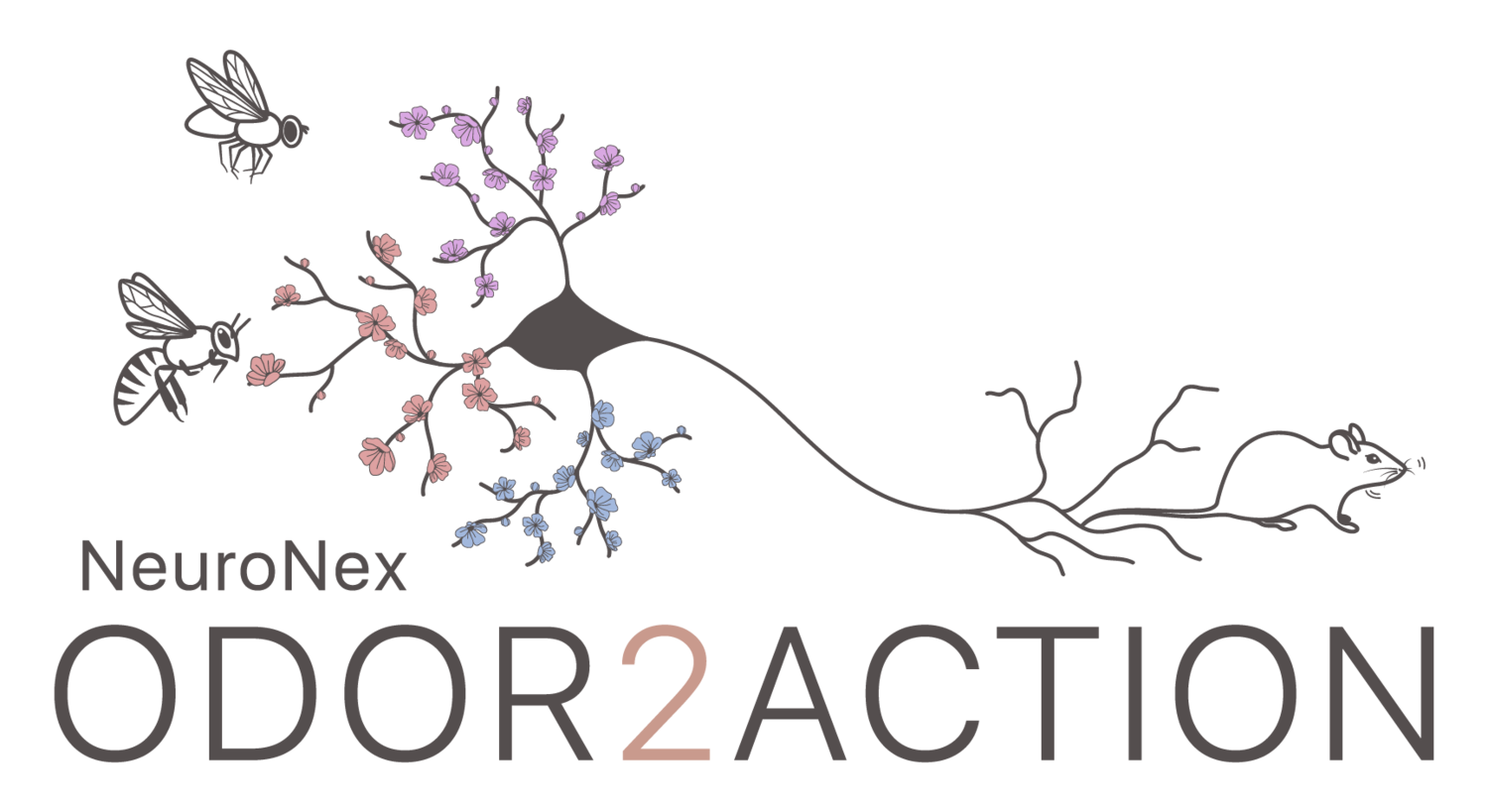Hitting the brain on the nose - New international network explores how odors lead to action
August 18, 2020
How do odors wafting in the air, from fragrant fruits to foul stenches, guide and change behavior?
This fall, Arizona State University will join institutions in a new international research network centered on the science of smell, called Odor2Action. The project will investigate how animals use odors from their environment to inform and guide their behavior, which could lead to a deeper understanding of the function and evolution of the human brain.The Odor2Action network is part of the National Science Foundation’s Next Generation Networks for Neuroscience (NeuroNex) Program. The $20.2 million award encompasses 16 scientists from 16 prestigious institutions around the world, with support also from the Canadian Institutes of Health Research and the UK Research and Innovation Medical Research Council. The project will also include work from over 50 undergraduate, graduate, and post-doctoral researchers over it’s five-year period.
The network is composed of three interdisciplinary research groups designed to investigate one segment of the end-to-end process of olfactory processing. The process begins with sensory input, called active sensing, then the central processing of the scent information, or sensory coding, and finally to activation of physical behavior, called sensorimotor circuits.
Brian Smith, inaugural Trustee Professor at ASU’s School of Life Sciences and a part of its Social Insect Research Group, is the lead investigator for the active sensing group. They will investigate how animals use sensory structures such as nose or antennae to detect and discriminate important odors in their environment.
“I am interested in how brains transform the physical olfactory world into patterns of electrical activity and motor responses to help us understand and adapt to that world,” Smith said. “But I have always been concerned that we do not yet understand the fully the statistical structure of our physical world well enough to fully understand the neural activity that we can now measure. This award now lets me bring studies of the structure of the phyiscal world of odors together with advances my lab has made in the last 30 years in understanding how the brain represents and learns about important odors.”
Understanding how the brain works and produces behavior is a complex research challenge with far-reaching potential. Examining all of the steps involved in how odors are detected and encoded in the brain, and how these stimuli then produce an active, behavioral response in model species such as fruit flies and mice, will improve our understanding of these same steps in the human brain.
“The chemical sensing process (i.e. smell) evolved in the very earliest life forms on Earth,” said John Crimaldi, lead principal investigator on the network and professor in the Department of Civil, Environmental, and Architectural Engineering at the University of Colorado, Boulder. “The idea here is that all brain evolution has taken place in the presence of chemical sensing. And so, it's thought to be a primal portal from which to view brain function.”
Understanding how the human brain interprets odors to produce a behavioral response serves as a valuable model for the more general question of how the brain takes a variety of information gathered from diverse sources and methods and translates them into actions. While other systems such as memory, locations and representations of visual objects develop over many stages of processing, the system of odor processing is far more compact. This provides a unique opportunity to achieve a truly comprehensive understating of the end-to-end process.
Collaborators include Caltech, Penn State University, Duke University, Salk Institute, University of Utah, University of Pittsburgh, NYU School of Medicine, McGill University, Scripps Research, Arizona State University, Francis Crick Institute, University of Hertfordshire, Yale University and Weill Cornell. Include link to NSF general announcement here.

